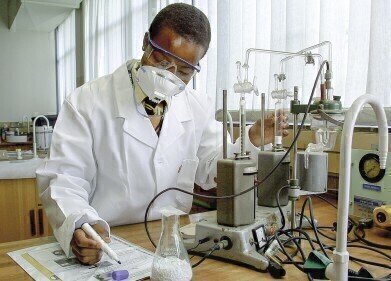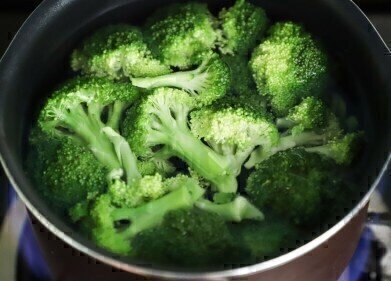Help Desk
Is Banana Peel Suitable for Biofuel? - Chromatography Investigates
Dec 26 2018
The search for new fuels that are environmentally friendly are not just carried out in rich countries having environmental lobbies that can raise the profile on climate change. Poorer countries are also on the search for alternative fuel sources. This is driven not only because of environmental ideology, but also because of fuel dependency. This is the dependency of countries on neighbouring countries for fuel - an important consideration when fuel is a necessity of modern life.
A recent paper published in the journal Case Studies in Thermal Engineering has looked at a surprising source of fuel in Uganda - banana peel. The study - Bioethanol production from different Matooke peels species: A surprising source for alternative fuel - looked at bioethanol production from banana peel and used gas chromatography for the analysis of the fuel. A discussion around method development in chromatography can be found in the article, Issues with Scaling and Method Transfer.
Biofuel - fuel for the future
The conversion of agricultural waste materials and plant materials to energy is one way that countries can combat anthropogenic climate change and enjoy both economic benefits and a reduction in fuel dependency - particularly true for developing countries. The advantage of biofuels over fossil fuels are that they are renewable and sustainable.
Bioethanol has been identified as one of the key biofuels. This is in part because of a high oxygen content, high octane number, non-toxicity and reduced emissions - which help promote a cleaner environment. There are various sources that can be used to produce bioethanol - but they all involve a fermentation process using microorganisms such as yeast.
Banana power - not just for tennis players
Banana skin - or peel - is simply the outer covering of the banana fruit. They are one of the most consumed fruits in the world - and Uganda is one of the largest producers of bananas in the world with an annual per capita consumption of 240kg. Different types of bananas are grown in Uganda - green cooking bananas, plantain and sweet bananas.
Matooke is a banana indigenous to Uganda. It has a high starch content and is a green cooking banana. The fruit is cooked before it is eaten, and the peel is usually discarded or fed to livestock. The team from the University of KwaZulu-Natal in South Africa, aimed to see whether Matooke banana peel could be used to make a biofuel.
The study aimed to see which types of banana produced the highest bioethanol in volume and concentration. They found that two of the bananas chosen produced bioethanol properties within the range that is acceptable for standard ethanol and gasoline - and so could be used as a fuel for engines.
No more slipping on that banana skin.
Events
Feb 03 2025 Dubai, UAE
Feb 05 2025 Guangzhou, China
Mar 01 2025 Boston, MA, USA
Mar 04 2025 Berlin, Germany
Mar 18 2025 Beijing, China













